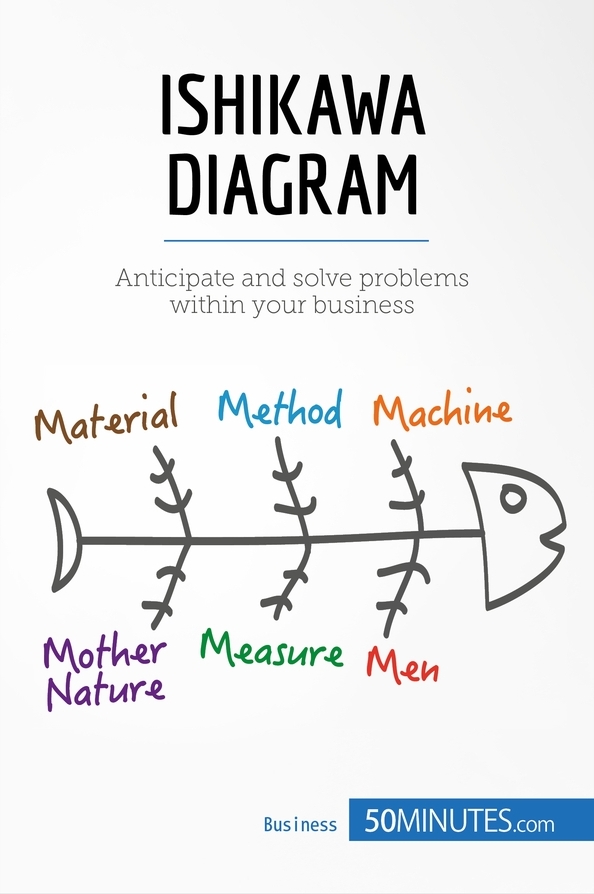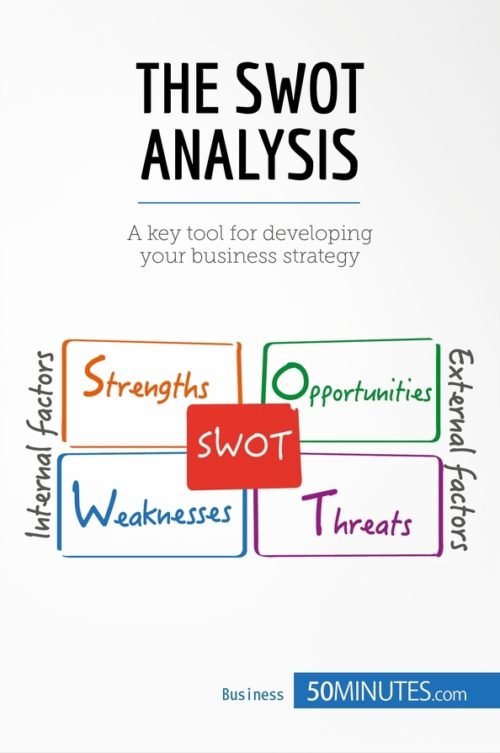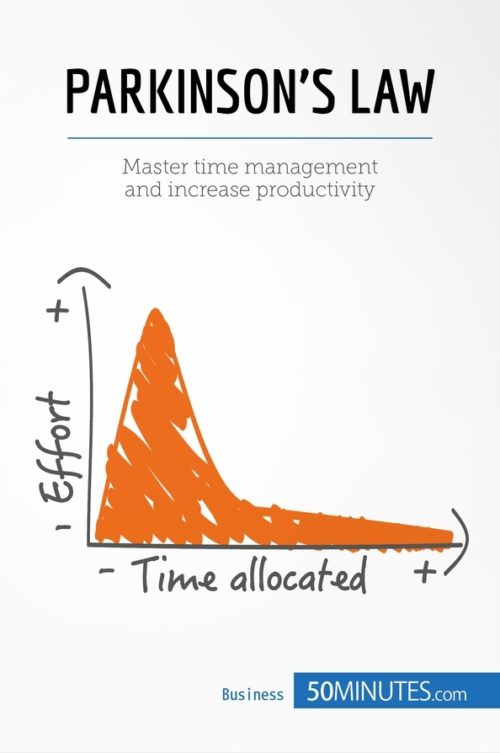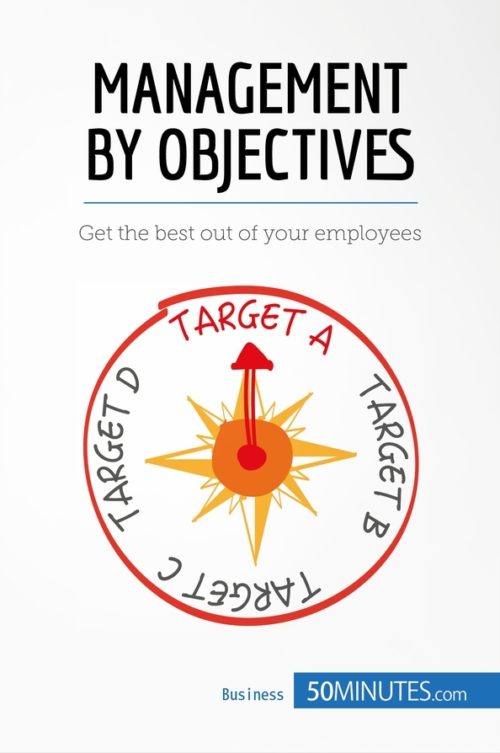The Ishikawa Diagram for Risk Management
The Ishikawa Diagram for Risk Management
$4.99
Read more
Understand the essentials of the Ishikawa diagram (also known as fishbone diagram, herringbone diagram, cause-and-effect diagram or Fishikawa) in just 50 minutes with this practical and concise book. The Ishikawa diagram is a powerful quality management tool that prevents mistakes by ensuring that users do not overlook any of the causes of a problem. It also makes it easier to identify and evaluate potential solutions to the problem.
This book will provide you with a handy introduction to the applications of the Ishikawa diagram in project management, risk management and quality control. It also features an examination of a case study, a discussion of the tool’s shortcomings and the potential pitfalls to avoid, and an introduction to related models, such as the 5 Whys method, the Pareto chart and the CARRTDAF method.
About the Ishikawa diagram
The Ishikawa diagram is a visual tool which offers an overview of the causes and effects of a problem, and allows users to rank these causes and effects in order to accurately identify the sources of the problem. It is used mainly as a quality management or project management tool, but also lends itself particularly well to risk management, as it allows problems to be anticipated as well as solved.
In this book, you will discover how the Ishikawa diagram can help you, learn to identify potential causes of problems, and find out how to uncover the source of any issues that arise in your business. A clear explanation of the benefits and potential drawbacks of the method, a discussion of a practical case study, and an introduction to related models will give you the tools you need to tailor your approach to your situation.
This straightforward and accessible 33-page book is structured as follows:
- Introduction to the Ishikawa diagram
- Theory
- The aim of the Ishikawa diagram
- Assumptions
- Components of the model
- From 5 Ms to 7 or 8 Ms
- Advantages
- Limitations and extensions of the Ishikawa diagram
- Limitations and criticisms
- Related models and extensions
- Practical application of the Ishikawa diagram
- Advice and best practices
- Case study
- Summary
Product details
| ISBN | 9782806268426 |
|---|---|
| Publisher | Plurilingua Publishing |
| Serie | 50MINUTES.COM – Business |
| Format | |
| Pages | 27 |
| File size | 3 MB |






